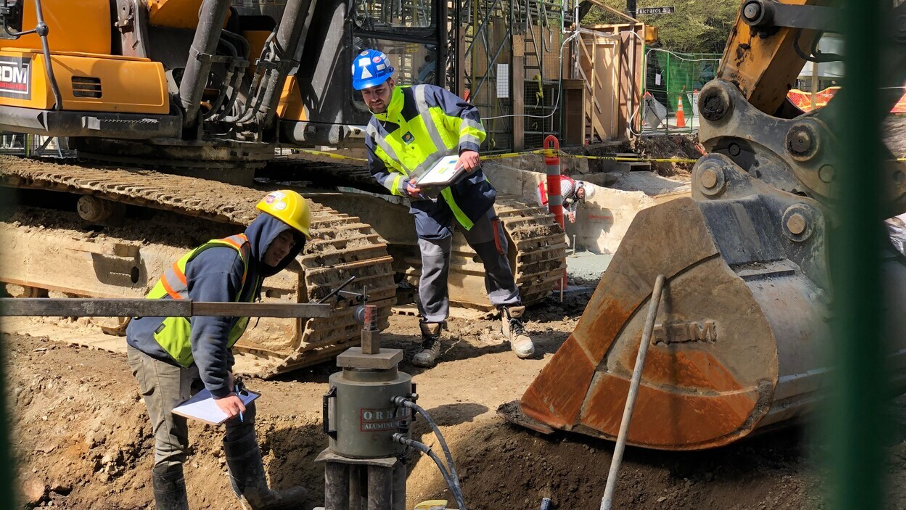
Now more than ever, productivity on sites poses a major challenge to ensure project profitability and competitiveness of the construction sector. The safety measures in place to guard against Covid-19 transmission on sites reduce the productivity of workers by 10 to 40%, and the economic environment will be challenging in the months to come. To help companies increase their competitiveness, the software company TRAXXEO has developed a suite of applications for on-site human and material resources management to increase productivity and simplify the management of these areas in head office.
Social distancing measures, the requirement for additional equipment, and health rules on sites have a considerable impact on worker productivity. Experts estimate a reduction in productivity of between 10 and 40%. Added to this is the precarious economic environment in France and many other countries. Low confidence in the economy returning to growth is leading to a reduction of orders in the construction sector (at least in the private sector).
The current climate is prompting the need to implement additional measures to ensure operational performance of sites. It is no secret that digitalisation of site processes is among these levers. A great ecosystem of solutions is being implemented, which is for the better.
The management of human and material resources productivity on sites is one of the keys to project profitability. A significant problem that has been identified is the lack of connection between the collection of data submissions on site and their planning, due to the low availability of data collection tools adapted to sites. To overcome this problem, the software company TRAXXEO has developed a suite of mobile applications and connected objects which link workers, machines, vehicles and tools to ensure their productivity and security at the same time, with the aim of keeping projects under control.
A concrete example of the lack of connection between planning and the reality on site is the tracking of the budgets of hours worked by site workers. This point is crucial because these costs can represent up to 50% of the total budget of the construction phase. The collection of the number and type of hours as well as the work done is usually recorded on paper, or by Excel or internally developed tools. The reality is that these methods do not allow for live, consolidated and error-free tracking, or they are not adapted to life on site (easily usable by workers or site managers) and have become outdated (due to few new functionalities and a clumsy interface).
This is why a company like TRAXXEO has spent years focusing on developing digital tracking applications to help their clients promote digital uptake on their sites and collect data at source in order to make them immediately available to all stakeholders (site management, human resources, profitability control, general management) and keep projects under control. The use of mobile digital tracking applications is also one of the keys to digital uptake on sites by a maximum of workers. Therefore, they are used daily or at least weekly and provide modern tools which are of value to workers.
In the competitive environment we are now facing, it is vital to begin the digitalisation of internal processes. It will enable sites to become connected by deploying customised tools and using the resulting competitive advantage such as better intelligence about the profitability of your trades or improved responsiveness.
Software budgets are still too focused on head office use; the time has now come to invest in sites.